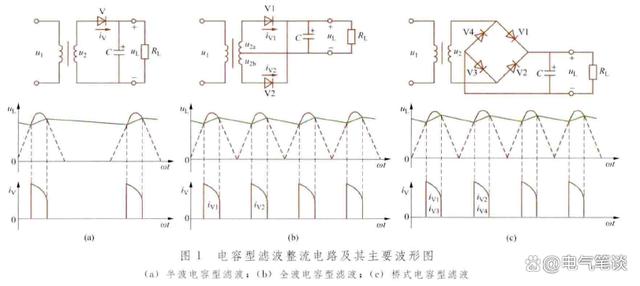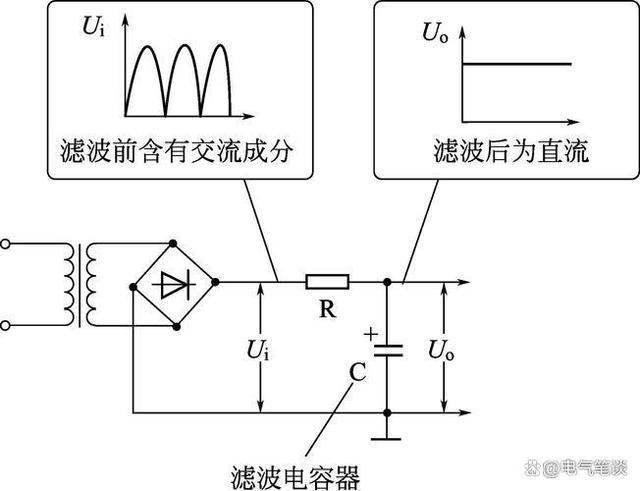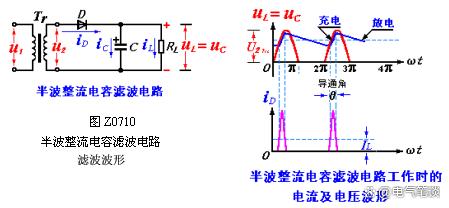-
Mail us
contact@tiger-transformer.com -
Phone us
(+86)15655168738
Mail us
contact@tiger-transformer.comPhone us
(+86)15655168738There are many types of rectification, including full-wave, half-wave, single-phase, and three-phase, controllable, and uncontrollable. Different equipment uses different rectification methods.
After rectification, it’s time to filter. A friend said that I can understand the rectified waveform, but the negative half wave is gone and the diode filters it out, leaving only the positive half wave. , but after passing through the filter capacitor, why does the waveform become distorted? It looks "smoother" than before?

As mentioned before, this is the result of capacitor charging and discharging. That’s right, but how do you understand this sentence? I think this is also the reason why my friend replied "I don't understand". This article will explain it. Friends who have already understood it can stop when they see this, because what I said may not be as thorough as yours.
We will also take single-phase half-wave rectification and full-wave rectification as examples.

In a half-wave rectifier circuit, the single-phase power is passed through a transformer The output is still alternating current, but it is different after passing through a diode, and the resulting waveform becomes a pulsating wave. Note that the waveform at this time is usually called pulsating DC because its direction does not change with time.
AC circuits are measured by effective values, while DC circuits are measured by average values. Therefore, even if it is a pulsating DC, when using a multimeter to measure the voltage, you must switch to the DC range. .
After obtaining the pulsating DC, the voltage change increases incrementally in the first half of the cycle. This increasing voltage is used to charge the capacitor. When it reaches the highest point, the capacitor charging has been completed. In the second half of the cycle, The voltage drops, but the voltage across the capacitor cannot change suddenly. At this time, the voltage across the capacitor is greater than the voltage on the secondary side of the transformer. The diode is cut off and no longer conducts. The capacitor discharges to the load until the next half-wave comes, and the diode conducts again and Charge the capacitor, and so on. The pulsating DC becomes "smooth"!

If half-wave rectification is replaced by full-wave rectification, the frequency Doubled, the resulting waveform becomes smoother due to the repetitive nature of the filtering.
The above is the entire filtering process. In this process, the filter capacitor plays a key role. It can be said that filtering is the result of the charge and discharge of the capacitor. Therefore, the selection of the capacitor becomes the key to the filter circuit. The key, including its voltage and capacitance, depends on the load voltage required.